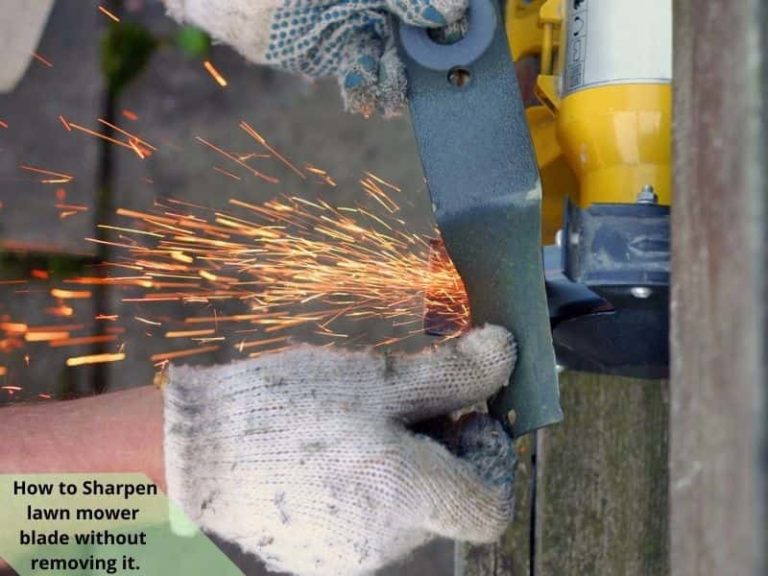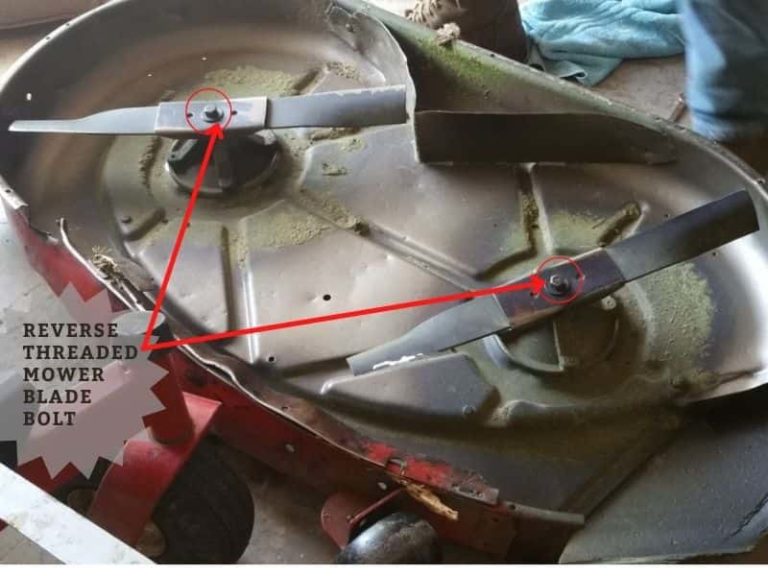Self-Propelled vs Push Lawn Mower: Differences + Which to Choose
Looking to invest in a lawn mower but aren’t sure what type of mower to go for? Wondering whether a lightweight push mower would be better than a self-propelled lawn mower? We answer your questions on these and more in the subsequent sections.
Self-propelled vs push lawn mower: Differences
- Labor requirements
Mowing your lawn with a push lawn mower is generally more labor-intensive compared to using a self-propelled mower. This is because the latter boasts a gearbox that’s attached to the wheels to mechanically propel the lawn mower. Thus, all the user has to do is guide the mower along the preferred path. With a push mower, meanwhile, propulsion has to be provided by the user’s physical energy, resulting in a more labor-intensive experience.
- Speed
You are likely to spend more time to fully more your lawn when using a push mower, compared to when using a self-propelled mower. This is because the former can only go as fast as the user pushes it, and one is bound to tire along the way even if you decide to start off by pushing along at a relatively fast pace. Self-propelled mowers- meanwhile- run at speeds of between 3-3.5 miles per hour, depending on whether it’s a one-speed or variable-speed version. Therefore, if you have a rather large lawn, or have very limited time for your landscaping projects, then a speedy, time-saving, self-propelled mower is the way to go.
- Engine
The engine in a self-propelled mower is larger and is designed to perform more functions including propelling the wheels and controlling the cutting blade. A push mower, meanwhile, only features a simple motor that controls the mower’s cutting blade; but isn’t attached to the wheels and- therefore- doesn’t control propulsion.
- Weight
In comparison to push mowers, self-propelled lawn mowers weigh relatively more. This is due to the weight added by the engine/propulsion gearbox. While the added weight makes maneuverability a bit more difficult, this doesn’t exactly mean that a self-propelled mower is harder to maneuver than a push mower, since the latter has to be moved manually.
- Price
On average, self-propelled mowers cost about twice much as push mowers, with more complex versions costing even more.
Can a self-propelled mower be used as a push mower?
Yes, it’s possible to use a self-propelled mower as a push mower by disengaging the drive motor. What’s more, this doesn’t pose any threat of damage to the mower’s transmission. However, remember that since self-propelled mowers carry relatively more weight, using it in the same manner as a push mower will present increased maneuverability issues.
When to choose a self-propelled mower
- When mowing over bumpy or uneven terrain
Self-propelled mowers- more specifically- front-wheel self-propelled mowers, are better designed to easily maneuver over flat, but uneven terrain. Using a push mower over such terrain is tiring since it calls for excessive physical effort by the user. Self-propelled, front-wheel drive mowers are best suited for such obstacle-laden terrain because you can simply minimize front-wheel traction by pushing down on the handle, consequently easing maneuverability in and out of corners.
- When portability is key
Say, for instance, that you frequently do freelance landscaping work for homeowners around your neighborhood; you may want to opt for a push lawn mower, since it’s relatively lightweight and easy to carry around.
- For convenience
As you may already be aware, some self-propelled mowers are drive-along mowers, not walk-behind mowers. This means that even homeowners with mobility issues (such as those with physical disabilities or recent physical injuries) can still conveniently mow their lawns with a drive-along self-propelled lawn mower.
Sometimes, you don’t even have to be physically limited to see the advantages of a drive-along self-propelled lawn mower. Say, for instance, that you need to mow a large area of land- about 30-acres or more; then- a drive-along mower would definitely do you good in this case and save you the fatigue that would come with having to walk behind your mower for hours.
- When mowing uphill
Rear-wheel drive, self-propelled lawn mowers are great for mowing uphill and side hill; as there’s no loss of traction as the user pushes down on the mower handle while maneuvering up the hill.
When to choose a push lawn mower
- When you’re working on a budget
Sometimes, you just don’t have that much money in your savings account, but still need to undertake your routine lawn maintenance tasks. For such instances, investing in a push lawn mower- which is more cost-effective than a self-propelled mower, makes more economical sense.
- When mowing small, flat yards
If your yard is relatively small in size and doesn’t have any bumpy surfaces, than a simple push lawn mower will do just fine; while saving you the extra costs that go into maintenance and repair of the mechanical parts of a self-propelled mower.
Which is better self-propelled or push mower?
The better choice between a self-propelled and a push mower depends on what advantages you’re looking to leverage out of your landscaping machine. For some users, such as landscaping professionals, you might even want to own one of each type due to the diverse types of terrain you’re bound to come across in the course of your work.
Generally, self-propelled mowers are preferable if you desire speed, convenience, and efficient mowing over uneven or hilly terrain. Push mowers, on the other hand, are recommended if you own a small yard, or even if you’re concerned about the environmental effects of having a gas-powered, self-propelled mower within your property.

![Ariens Riding Mower Transmission Problems [Troubleshooting + Fixes]](https://lawnmodel.com/wp-content/uploads/2022/05/Ariens-RidingMower-Transmission-Problems-768x576.jpg)


